With the third edition of Jaeger-LeCoultre’s The Collectibles capsule collection launching, we spoke to Product Marketing and Heritage Director Matthieu Sauret about the highlights and finer details of the vintage-focused collection.
Last year was momentous for Jaeger-LeCoultre as Le Grande Maison celebrated its 190th anniversary. Of the celebratory releases unveiled to mark the grand occasion, a particular capsule collection, The Collectibles, stood out. Unlike Jaeger-LeCoultre’s smudge-free box-fresh creations, pieces from The Collectibles are in vintage condition, although we have to mention they are rare and highly prized pieces representing some of Jaeger-LeCoultre’s best watchmaking feats. The pieces are meticulously curated and undergo a thorough provenance vetting, servicing and restoration by the Heritage Department and restoration workshop before being offered to clients.
Among the maiden releases were the Geophysic, Memovox Parking, Master Mariner Deep Sea, and Shark Deep Sea, which are featured in the coinciding The Collectibles coffee-table book launch. After debuting in Jaeger-LeCoultre’s manufacture, a second The Collectibles capsule collection was dedicated to Los Angeles, USA, with a third collection now set to be unveiled in Singapore.
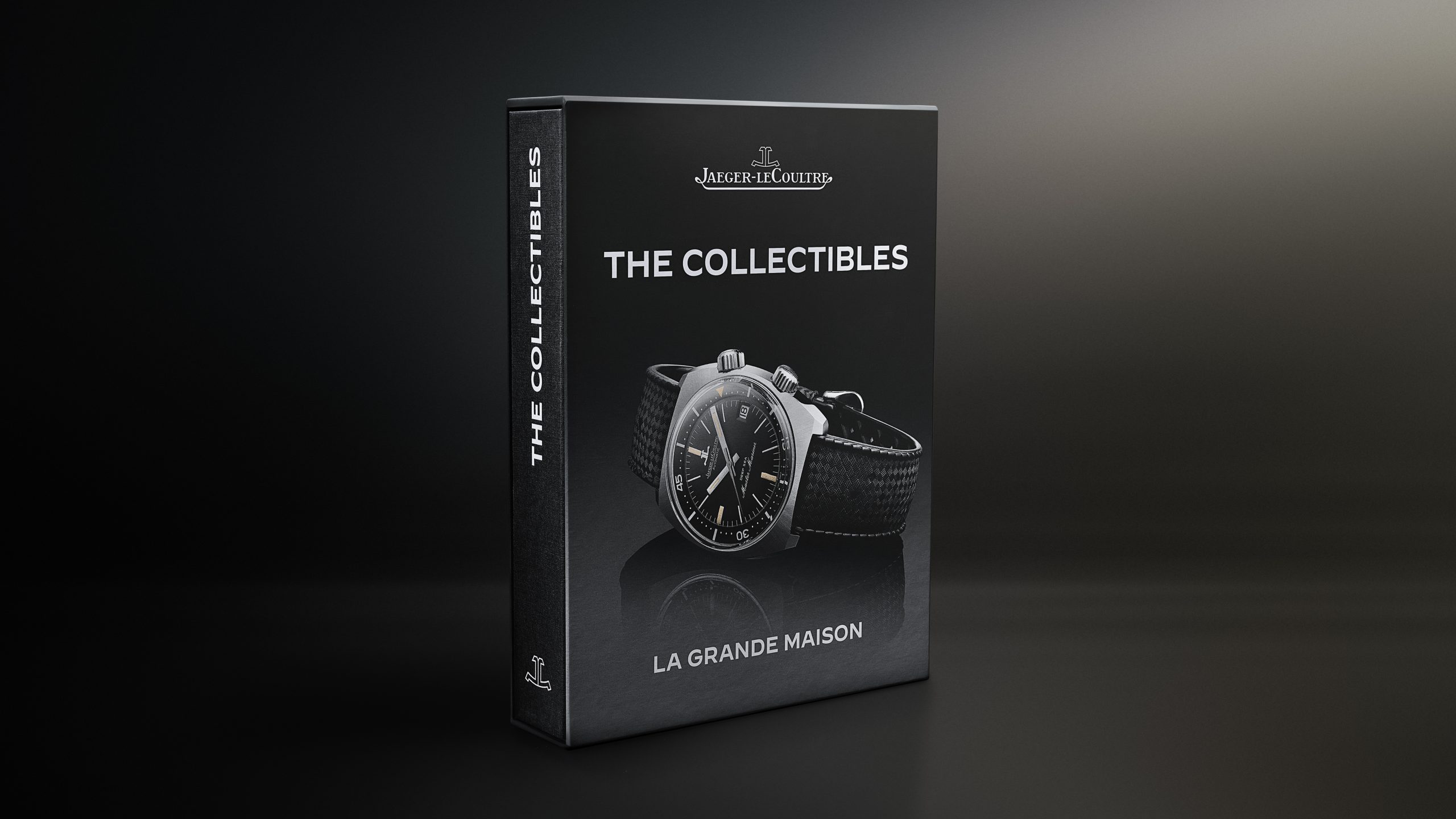 In anticipation of the third capsule launch, we spoke to the man in charge of The Collectibles program, Matthieu Sauret, Product Marketing and Heritage Director. Sauret gave insight into the collection and talked us through its behind-the-scenes considerations and thought processes.
In anticipation of the third capsule launch, we spoke to the man in charge of The Collectibles program, Matthieu Sauret, Product Marketing and Heritage Director. Sauret gave insight into the collection and talked us through its behind-the-scenes considerations and thought processes.
Matthieu, let’s start with something more personal — on a scale of one to 10, how much do you love vintage watches?
I love vintage watches, so it’s a 10. The story of watchmaking these watches hold gives so much inspiration. Also, vintage watches were created when people really needed a watch (to tell time); that’s what’s best about them. Today, you can read the time from your phone or other appliances.
Vintage watches served different purposes, from having indicators for a calendar complication to a tool watch build, such as the Memovox. You also have to keep in mind that these watches were created without the aid of computer software. So, they are a feat of ingenuity from Swiss watchmakers for the world to appreciate. This is why I love vintage watches so much, and our new collections at Jaeger-LeCoultre take inspiration from them.
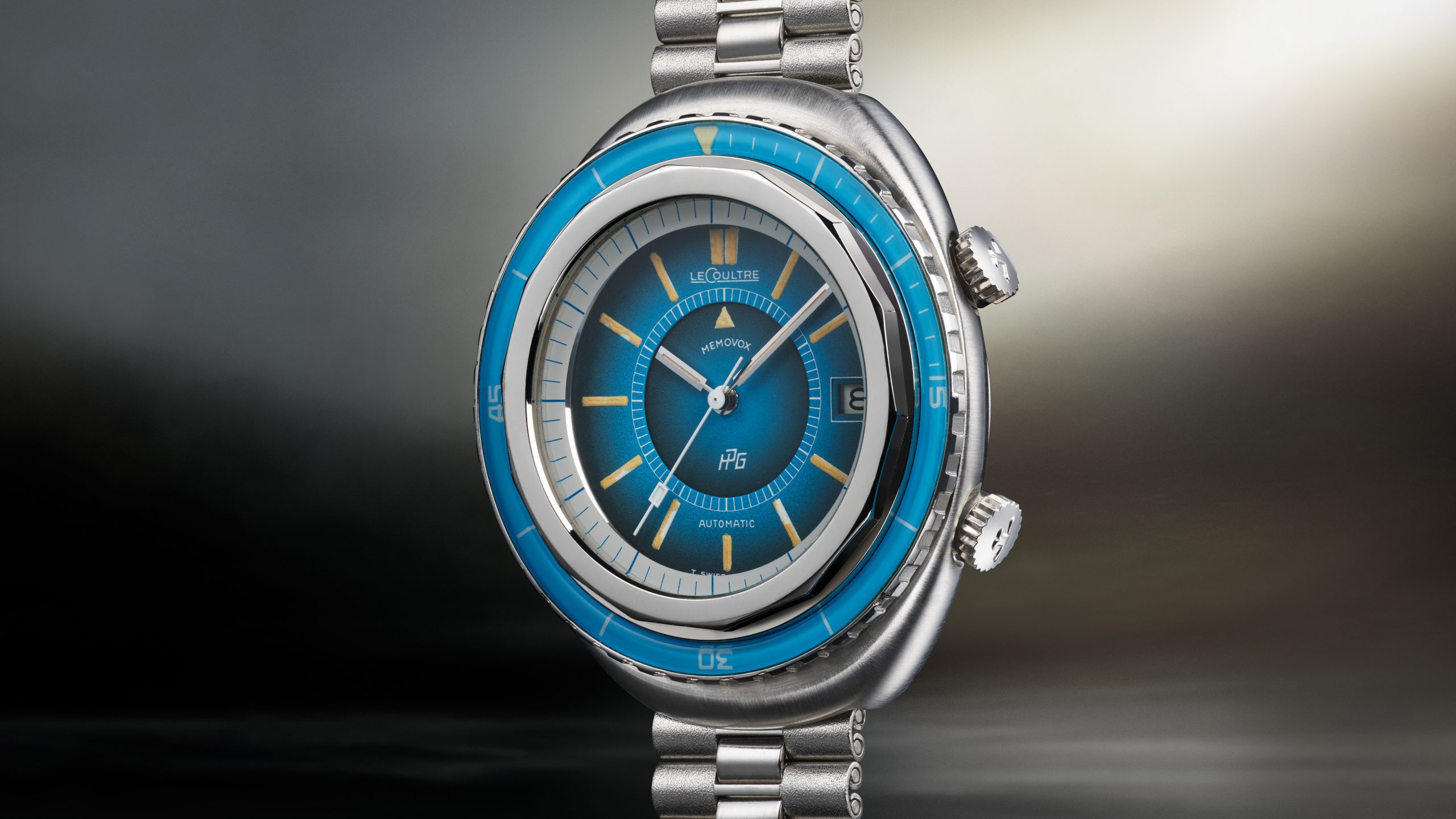 People often compare past and present products with this statement, “they don’t make them like they used to anymore.” Is this a fair reflection?
People often compare past and present products with this statement, “they don’t make them like they used to anymore.” Is this a fair reflection?
The great difference in fine watchmaking today, and especially the type we do at Jaeger-LeCoultre, is that, although we use recent and modern technologies to make our watches, we’re still using the same techniques that we were using maybe a century or even two centuries ago in our day-to-day operations. For example, we’re assembling the pallet (fork) on the regulating organ or making watch components from chisels and metal the way it was done back then. A watch is a testimony of the past, present, and, of course, the future since we also employ futuristic techniques. The beauty of watches is that they don’t have an end-of-life program. On the contrary, they’re made to last forever.
Let’s quickly touch on your role as Heritage Director of Jaeger-LeCoultre, what does your day to day entail?
My role as Heritage Director, along with the Heritage department, is to protect, improve, and communicate the maison’s heritage. We continually restore a large collection of watches, and we enrich these collections by purchasing watches from the open market or auctions. We then learn and gain more knowledge from these watches and share them with the world through various exhibitions.
We have several concurrent exhibitions, whether in boutiques or off-site locations, displaying watches ranging from a few to several hundred. We tell Jaeger-LeCoultre’s story and that of fine watchmaking because Jaeger-LeCoultre is so pivotal in it. We’re known as the Watchmaker of Watchmakers because we make everything ourselves, from the 1,400 calibres we’ve developed to creating watches beyond our dreams.
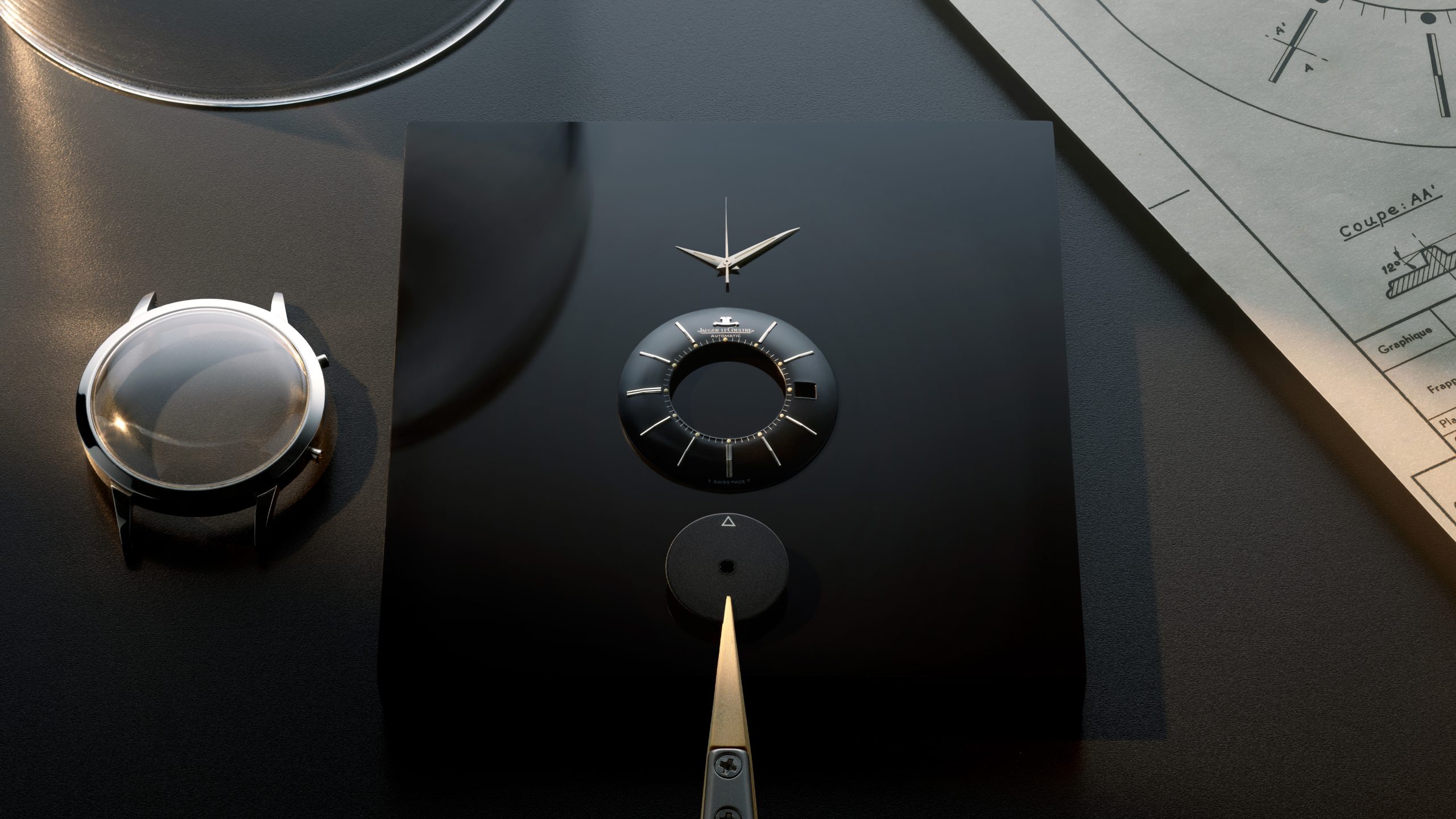 The Collectibles program began last year as part of the maison’s 190th anniversary. What motivated you to start this collection, and how long has it been in the works in terms of curation and restoration?
The Collectibles program began last year as part of the maison’s 190th anniversary. What motivated you to start this collection, and how long has it been in the works in terms of curation and restoration?
We continuously buy watches on the open market; sometimes, we come across great watches that need more visibility. Some of these gems get lost. We spotted this trend, and with no conjunction between both, we were creating a collector’s guide for those with great Jaeger-LeCoultre collections or others starting to collect our watches. Eventually, both projects merged — we told stories of collectibles and introduced a way for clients to buy watches vetted and restored by the maison. The credibility we offer allays any of our clients’ fears. It took us around one year and a half to build this program. What better way to launch such a program which coincided with the maison’s 190th anniversary?
The collectibles debuted in Geneva before heading to Los Angeles, and it’s making its third stop in Singapore. A couple of very important markets, such as Dubai and Hong Kong, were skipped along the way. Is this a reflection of the Singapore market’s maturity, sophistication, and appreciation for vintage watches?
When I presented the collection online when we first launched the program in our manufacture rather than Geneva to be exact, we received the most attention from Singapore and its neighbouring cities. Since there was such a strong love and appreciation for these vintage pieces, we decided from the very beginning we needed to assemble a capsule collection for Singapore. Rest assured, the places you mentioned will receive their capsule collections in the future.
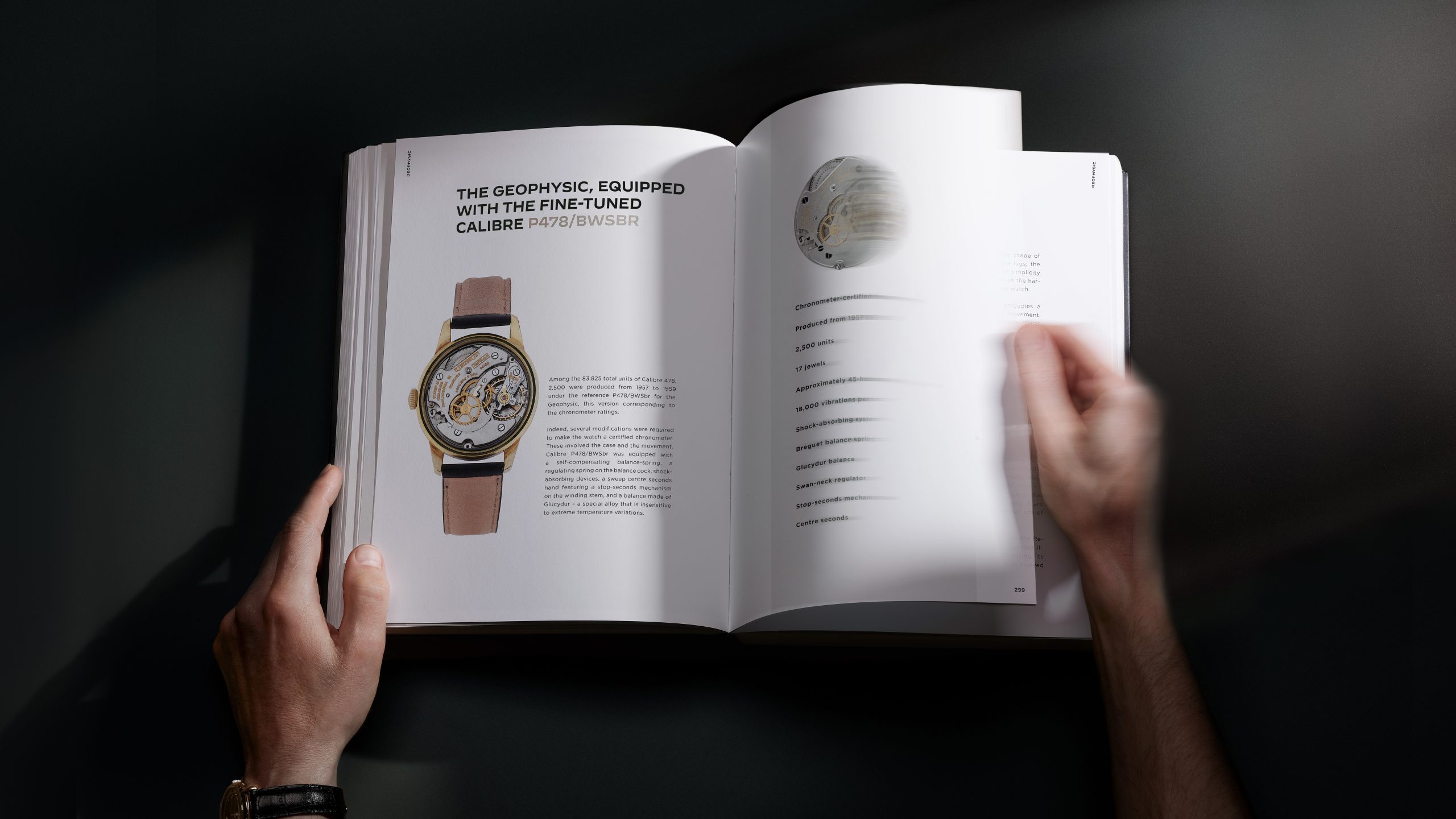 With a program like The Collectibles, the maison engages with clients who understand there is so much more to Jaeger-LeCoultre than the reverso. At the same time, it also showcases the maison’s rich heritage to those who only know about the reverso. How critical was it for you to establish the 17 key models from the 1920s to 1970s that would guide the curations?
With a program like The Collectibles, the maison engages with clients who understand there is so much more to Jaeger-LeCoultre than the reverso. At the same time, it also showcases the maison’s rich heritage to those who only know about the reverso. How critical was it for you to establish the 17 key models from the 1920s to 1970s that would guide the curations?
We started with a very long list that included several obvious models and some less so. Eventually, we had to stop because the book was already 500 pages thick, and we arrived at the 17 most relevant references. These were pivotal in our history and selected for their historical importance to Jaeger-LeCoultre. After these pieces were created, we evolved and weren’t the same maison. Also, we wanted to limit the period from 1925 to 1970 before the Quartz Crisis, which was the Golden Age of creation and creativity for wristwatches.
I’m just curious: Was the Jaeger-LeCoultre Dirty Dozen pilot watch considered part of this program?
We have, but we’ll probably dedicate a full book and programme to these watches. Even though those watches had brilliant designs and calibres, we did not design them. They were specifications and orders requested by the military. We’ll see what comes along, but it’s something in our minds.
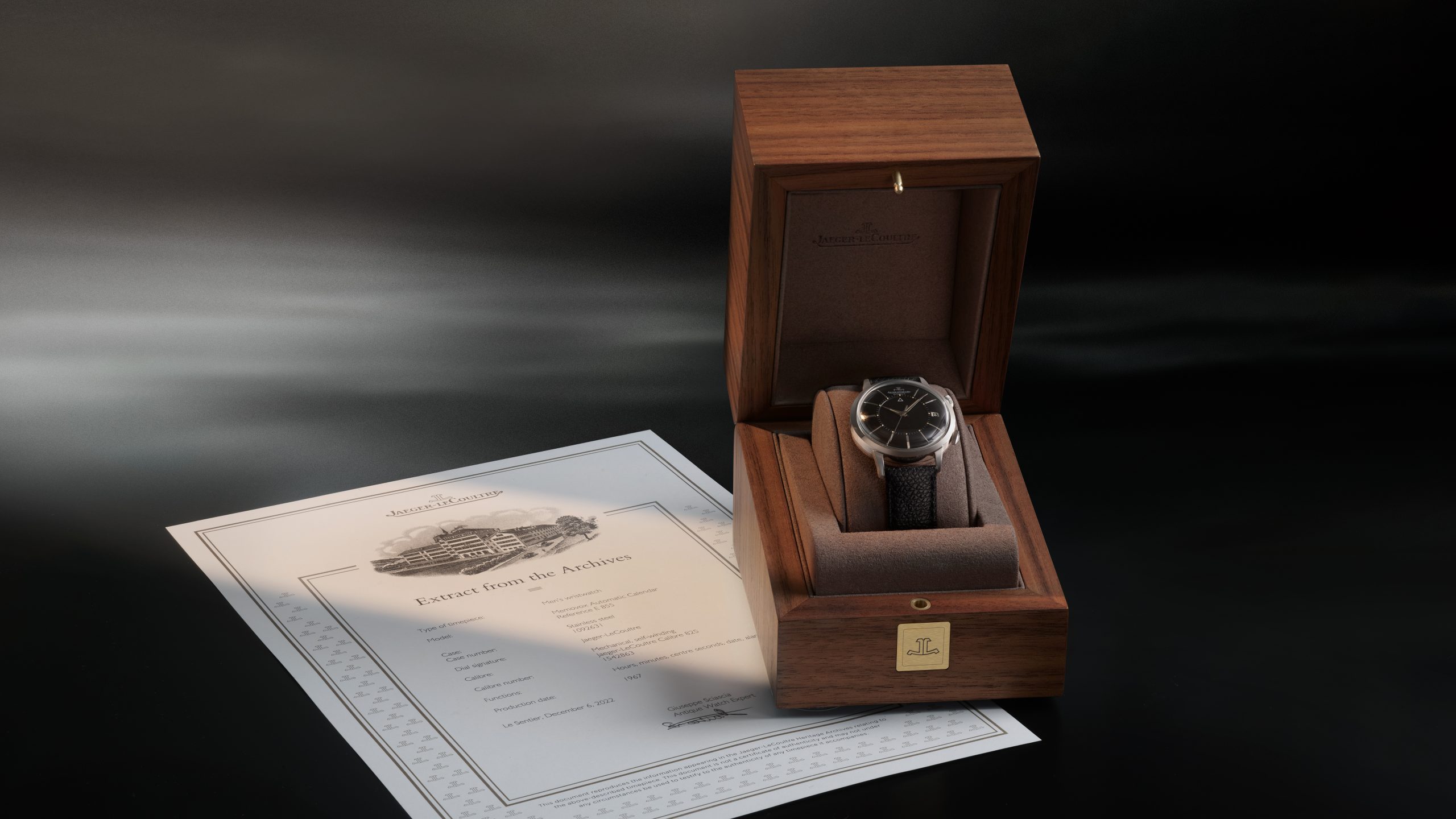 You mentioned that sourcing typically occurs from auctions. Does it extend beyond that into chance meetings, like spotting a great watch on someone’s wrist while grocery shopping?
You mentioned that sourcing typically occurs from auctions. Does it extend beyond that into chance meetings, like spotting a great watch on someone’s wrist while grocery shopping?
It’s not exactly like this, but there’s always a story behind every curation. One that comes to mind is a watch that was forgotten for years in a watchmaker’s or seller’s drawer. It was sold with other watches as a whole, and we had to buy all the watches just to find this one gem. There is always a story behind the curation of watches, and it’s always a hunt. Some people comment that I must be so proud to see these watches come to life, but you never know what’s more beautiful, the watch or the hunt. It’s definitely a mix of both for me.
What happens if you find a fantastic reference but components such as the dial are not original?
Unfortunately, we would have to dismiss this reference as the programme only caters to original pieces in the most perfect possible state.
And to close the interview, is there a piece from this collection that made you say, “I want that for myself!”
It’s a tough one. Of course, I like them all, but I really love this particular Memovox example (details redacted due to embargo). It’s an extremely rare timepiece — an automatic Memovox — which makes us the inventors of the automatic alarm complication. This example is very elegant with a mix of beautiful finishes and is a watch that I really enjoy and love. It’s probably the watch that stands out for me out of the collection.
Once you are done with this story, click here to catch up with our October 2024 issue.